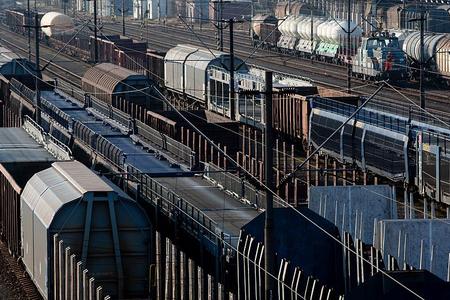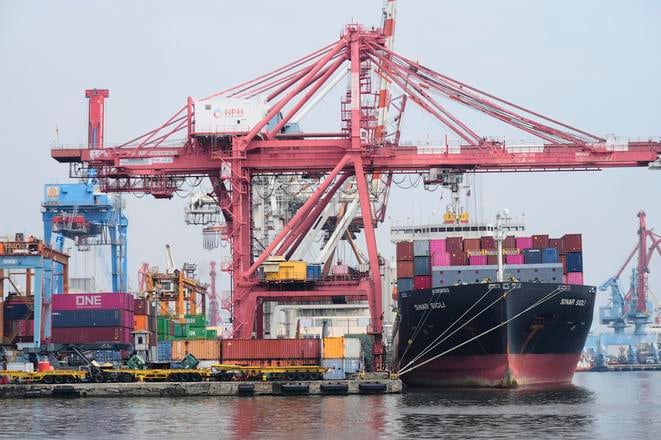What should maritime policy look like for a small, landlocked country like Slovakia? Why is neighbouring Hungary investing in the Italian port of Trieste? And what is Slovakia’s biggest shortcoming when it comes to transport and logistics?
"The best strategy for a landlocked country is clearly to develop a safe, fast and efficient connection between ports and inland container terminals," says Jana Mošovská, maritime logistics manager at Kuehne + Nagel.
In addition to being a global military power, the United States is also a maritime one. What does this mean for commercial shipping and logistics?
The most pressing issue at the moment is that many shipping companies are avoiding the Suez Canal. With the security situation remaining unstable, most vessels began rerouting around Africa in early 2024. Currently, around 80 percent of all ships to and from Asia are using this longer route. Insurance is another problem. Securing coverage for goods passing through the Suez Canal is increasingly difficult – many insurers have designated zones where damage in the event of an incident is not covered. Although these alternative routes have extended shipping times by 10 to 20 days, the industry has largely adapted. In fact, longer transit times may even suit shipping companies, as they allow for better scheduling and distribution of capacity.
Other ongoing issues include strikes, full port terminals, long waiting times for unloading, and adverse weather. Furthermore, new import and export regulations introduced by the US government –especially tariffs – have affected global logistics, the volume of transported goods, and seasonal flows. When transpacific trade between Asia and the US weakens, it has a knock-on effect on European trade as well. The opposite is also true: when demand between Asia and America increases, it impacts Asia-Europe trade routes. Pricing always follows demand. We're now waiting to see how the Trump administration responds to the July 9 tariffs. Their reaction could significantly impact global maritime trade. European exporters are in a holding pattern, unsure how to proceed, and American importers aren't thrilled either. They’re trying to reduce the impact of the tariffs and are pressuring European exporters to absorb some of the increased costs. If not, they’re threatening to cancel or scale back future orders.

Back to the Suez Canal. Vice President J. D. Vance claimed the US was having to "save Europe" from the Houthis, calling them more of a European problem given the traffic patterns. What is the current state of maritime security, and who is protecting these routes? Some argue globalisation depends on the US Navy patrolling sea lanes. If the US withdraws, who steps in?
The Houthi attacks on container vessels began in December 2023 in the Strait of Bab el-Mandeb near Djibouti. Shipping lines immediately began diverting their vessels. The threat remains, and any ship passing through now requires a military escort – protection that doesn’t come cheap. I’m not sure which nations are providing these naval escorts, so I can’t confirm whether they are under the US flag.
The key advantage of the Suez Canal is that it shortens shipping times between Asia and Europe by about two weeks. Just as the route seemed usable again, a new conflict flared up. The sharp decline in the number of ships using the canal has hit Egypt hard – revenues from the canal are one of the country’s main sources of foreign currency. In 2024, income from canal traffic dropped by almost two-thirds compared to the previous year.
The Panama Canal and the Strait of Hormuz are also points of concern. What are some of the other vulnerabilities in global logistics?
Europe faces two major challenges. First, frequent closures and restrictions on railway networks make planning extremely difficult. Transit times are hard to predict. Second, port terminals are often overwhelmed. Goods pile up, and rail service disruptions mean containers can’t move in or out on schedule. This creates backlogs because ports and terminals can’t cope with the irregularity. Ships are sometimes forced to wait at sea for days before they can dock and unload. The situation is highly fluid and can change weekly.

 Maritime shipping does not begin and end at the port, it is just one part. (source: TASR)
Maritime shipping does not begin and end at the port, it is just one part. (source: TASR)